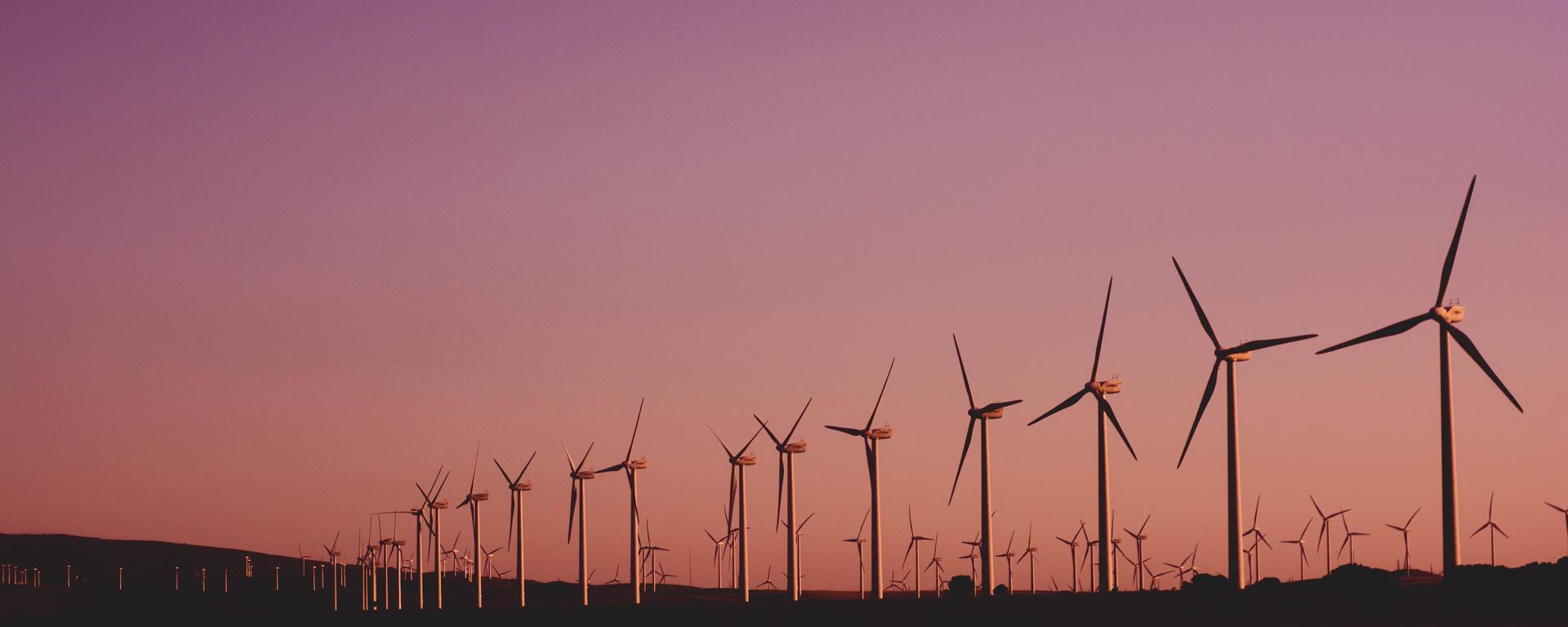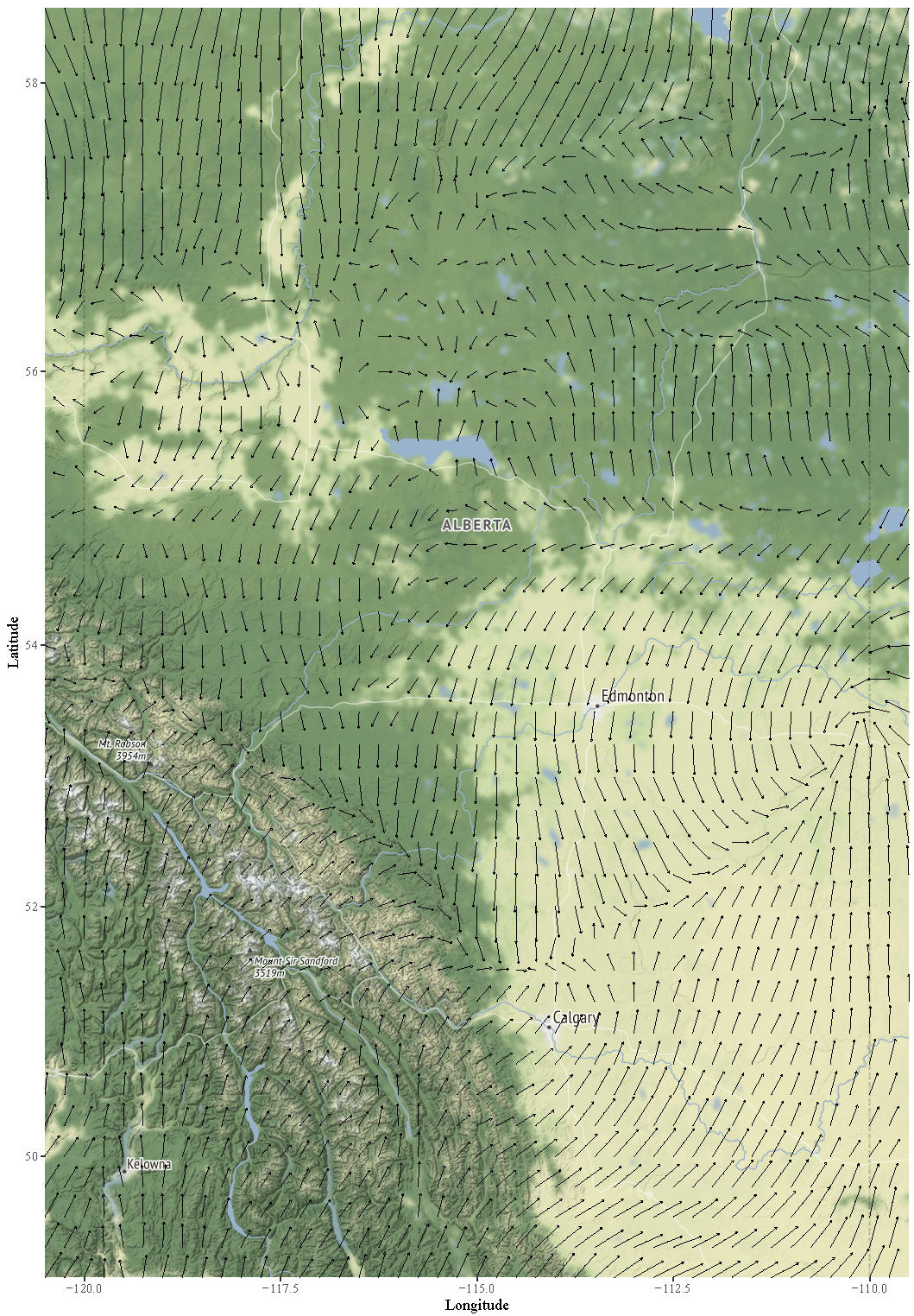Our Purpose
Wind power is expected to be one of the primary sources of electricity in the future world along with solar power. We aim to increase the use of advance mathematical methods in wind and solar energy applications and train future innovators for the renewable energy industry and thereby conribute towards a wider and sustainable integration of renewable resources into the world's energy systems.
Our Research Program
Both wind and solar power are variable and intermittent as they are weather driven. We develop quantitative tools to support a wide range of decision making problems related to the design and operation of the wind and solar power systems and their integration to the power grid and electricity markets.
We currently develop methodologies designed for meso, submeso and farm scale problems related to wind power. In the long term, we aim to extend these methodologies to solar power as well.
- Meso scale models focus on probabilistic modeling of wind power produced at wind farms distributed across a large geographical region such as a province to make inferences about the aggregate wind power and applications to power system planning and management.
- Submeso scale modeling captures finer features of the wind flow that can affect wind production in nearby farms.
- Farm scale problems are related to predicting the wind power produced at a wind farm given the predictions of the incoming flow and farm specific characteristics.
We also develop models to quantify the effects of spatio temporal dynamics of wind and solar power on the electricity price and analyze the long term earnings of an individual wind farm and find answers to key questions such as optimal sitting of a wind farm.
Recent Publications
- Jia, T., Sezer, D., & Wood D. (2022). Short-Term Wind Speed Forecasting with Regime-Switching and Mixture Models at Multiple Weather Stations Over a Large Geographical Area, Journal of Renewable and Sustainable Energy 14, 043305. https://doi.org/10.1063/5.0098090
- Huffman, A., Martinuzzi, R., & Sezer, D. (2021). An Exploratory Analysis of Wind Patterns of Alberta, Canada. Environ Model Assess 26, 737–761. https://doi.org/10.1007/s10666-021-09783-5
- Luo, Y., Sezer, D., Wood, D., Wu, M., & Zareipour, H. (2019). Estimation of the Daily Variability of Aggregate Wind Power Generation in Alberta, Canada. Energies, 12(10), 1998. https://doi.org/10.3390/en12101998
Key Methodologies
Spatio-temporal Processes for Wind Energy
Spatio temporal processes are mathematical models for quantities that evolve stochastically in time and space
- Notation: W(x,t), x: location and t: time.
The range of values of x: a geographical region. The range of values for t: a time horizon.
- Example:
- x = Pincher Creek, t = 10:00am today, W(x,t): The wind speed at Pincher Creek today at 10am.
- Let y = Calgary. W(y,t) is correlated with W(x,t).
- Key objective: Quantify the statistical dependence between W(y,t) and W(x,t).
- More generally: Predict/forecast a set of values W(y1,t1),…, W(yk,tk) from another set of values W(x1,s1),…, W(xm,sm).
- Typically: (t1,..,tk): time points in the future (for example: next 24 hours) and (s1,…sm) may be time points in the past (for example, past 24 hours).
We are looking to combine atmospheric data into forecasting models in order to adjust for the changes in the the spatio-temporal dynamics of the wind field as atmosperic processes change. This will help us make better predictions of the wind speed.
The plot on the left gives a snapshot of the wind velocity field of Alberta using the data provided by the European Centre for Medium-Range Weather Forecasts (ECMWF). The publicly available fifth generation ECMWF atmospheric reanalysis (ERA5) dataset is used to generate this plot. It can be seen that wind speed and prevailing wind directions vary by region as shown by the different directions and magnitudes of the arrows. One of the projects that we are currently working on is the classification of the wind velocity fields into "regimes" and build regime specific forecast models.


